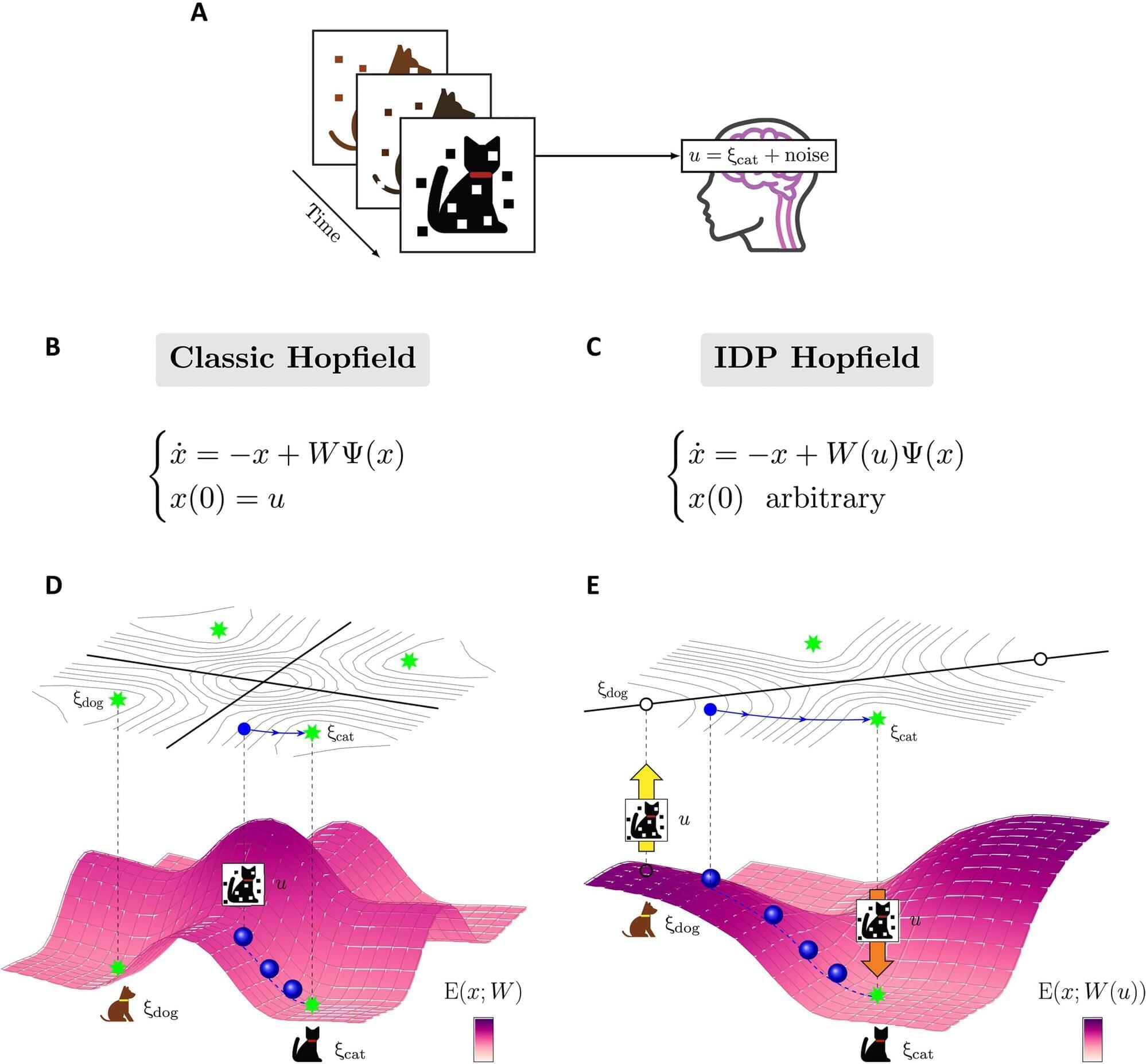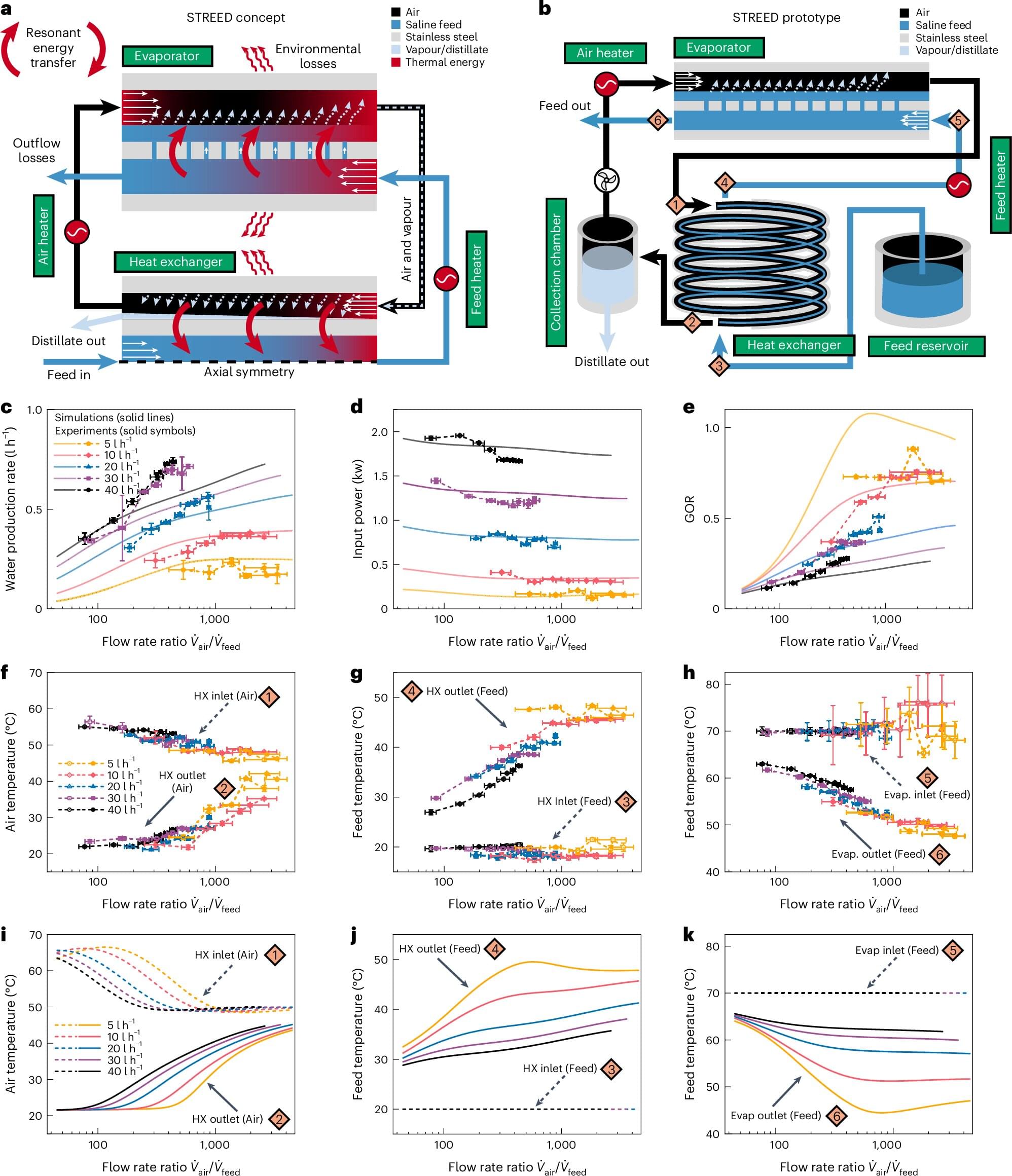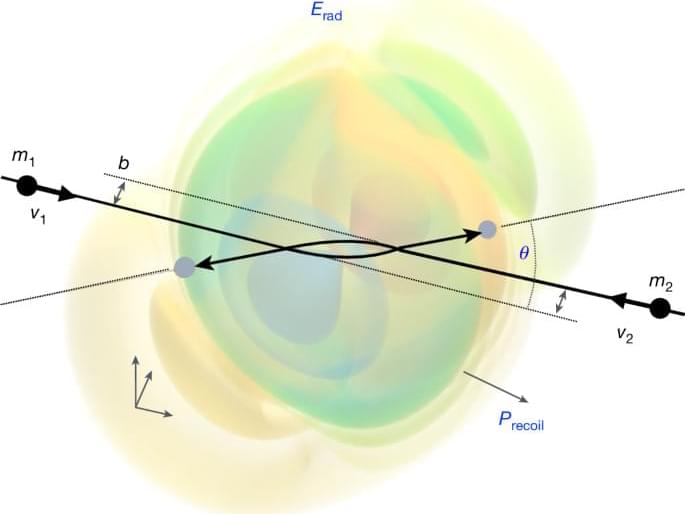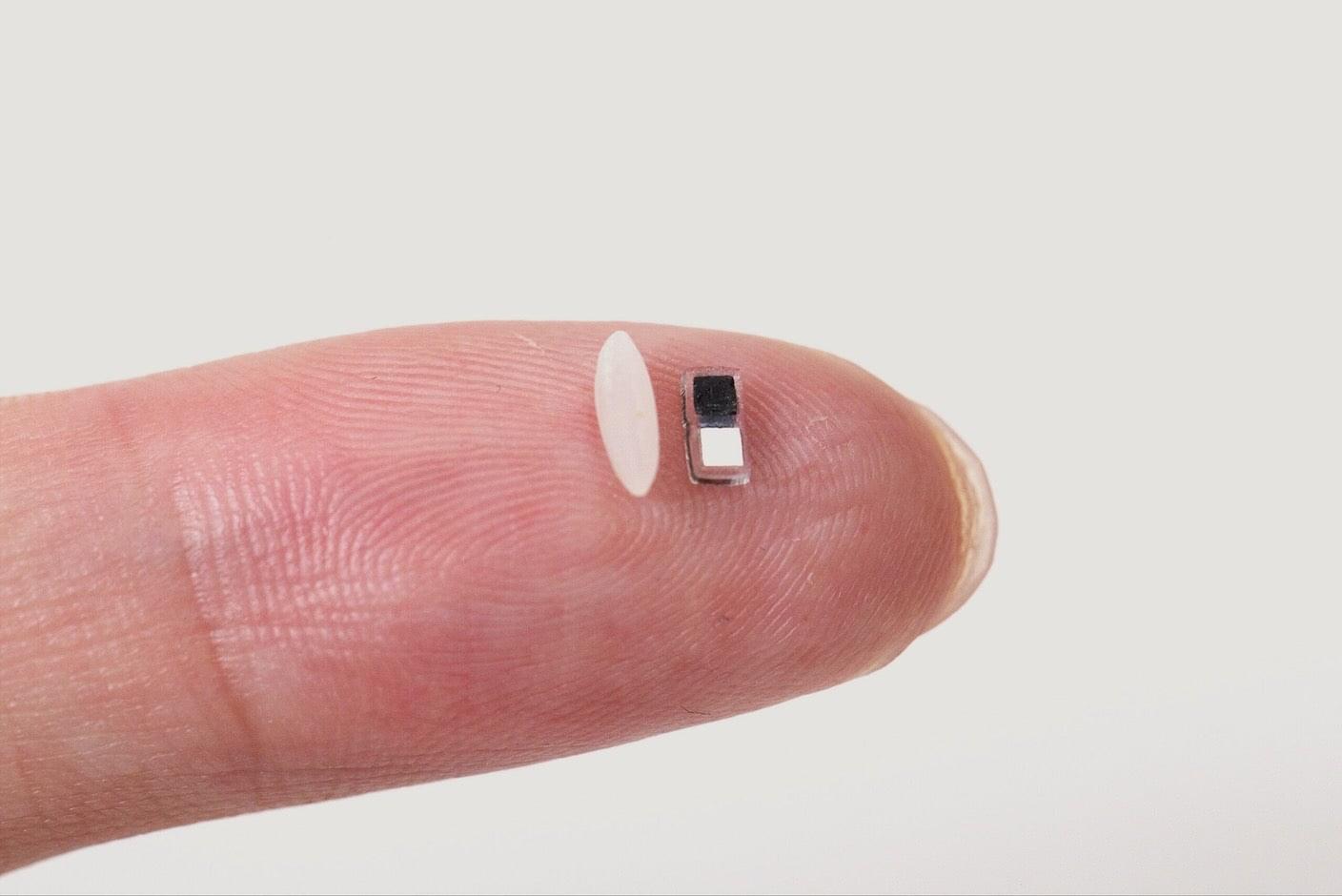As demand surges for batteries that store more energy and last longer—powering electric vehicles, drones, and energy storage systems—a team of South Korean researchers has introduced an approach to overcome a major limitation of conventional lithium-ion batteries (LIBs): unstable interfaces between electrodes and electrolytes.
Most of today’s consumer electronics—such as smartphones and laptops—rely on graphite-based batteries. While graphite offers long-term stability, it falls short in energy capacity.
Silicon, by contrast, can store nearly 10 times more lithium ions, making it a promising next-generation anode material. However, silicon’s main drawback is its dramatic volume expansion and contraction during charge and discharge, swelling up to three times its original size.








